Ultimate Road Trip Along Serbia’s Danube River
The Danube River is the second-longest in Europe and links the countries of the Balkan Peninsula to each other and the rest of Europe. The river flows directly through Belgrade, but also through multiple other towns across Serbia, all the way from the Croatian to the Romanian borders. This all makes for a great road trip along the Danube and these are the spots you must definitely check out.
Guide to the Road Trip Along the Danube
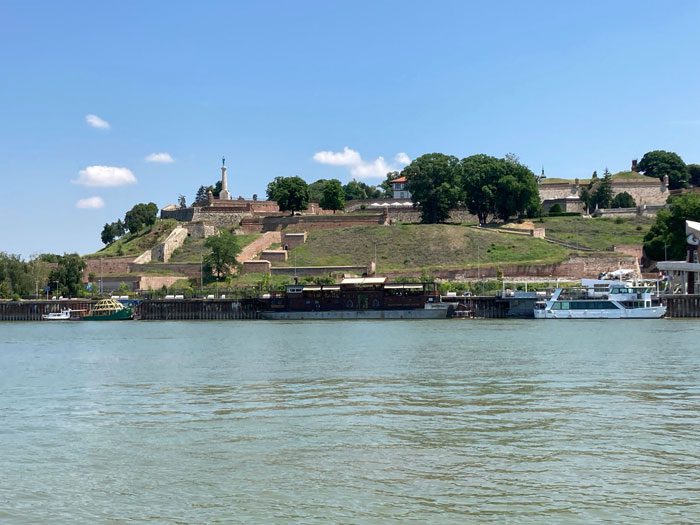

There is a lot to see in Serbia and the cities along the Danube are some of our favorites. This road trip along the Danube should take about 5 hours from start to finish. It’s set to start in Novi Sad on the West, close to the Croatian border, and end in Kladovo on the East, right on the Romanian border.
This road trip goes directly through Serbia’s capital, so you can choose to slice and dice this itinerary any way you’d like – starting in Belgrade and spending a few nights in Novi Sad or heading east from the capital and relaxing in Kladovo for a few days.
The drive west of Belgrade is nothing too exciting, as it’s mainly on a highway. But, the drive east, from the Golubac Fortress all the way to Kladovo, is absolutely stunning. The road directly overlooks the Danube River and is worth making a few stops along the way for photos.
We should note that we don’t spend a lot of time on this post on Belgrade itself since the capital merits its own section on our website, but we do highlight some of our favorite spots in the city near the Danube River.
However, we would recommend taking at least five days to do the road trip along the Danube – trust us, you’ll want to have enough time to stop along the different towns and to relax once you get to your end destination.
Road Trip Itinerary
Novi Sad
Novi Sad is the second-largest city in Serbia, about 70 minutes away from Belgrade. It’s right on the Danube River and oversees the northern slopes of the Fruška Gora mountain. The city is known for music, art, and liberalism, becoming the 2022 European Capital of Culture and the 2019 European Youth Capital.
It’s also one of Serbia’s most diverse cities, with six official languages today and an array of different places of worship. The city was ruled by the Austrian and later Austro-Hungarian Empires for over 100 years, so it’s filled with buildings and houses that resemble that beautiful style of architecture.
The Petrovaradin fortress, right on the Danube is a must when visiting the city, as is the center of the city and the Dunavska and Zmaj Jovina streets. The. It’s filled with beautiful buildings and churches, as well as restaurants, cafes, and boutiques.
Looking to visit without all the stress of planning? Make sure to check out options for a full guided tour here.
Sremski Karlovci
The road trip along the Danube will continue in Sremski Karlovci, a little town between Belgrade and Novi Sad, with not too many options for food and nonexistent nightlife, but it’s got a certain charm to it. The entire town can be walked in under a few hours, and there are multiple small wine houses to pop into.
Within 5 minutes of the main parking lot, you’ve already taken in all of the most beautiful buildings: the Karlovci Grammer School, the residence of the Serbian Patriarch, the Orthodox Cathedral, and the rest of the buildings and monuments that make up the town square.
If you’re looking for a nice panoramic view or a walk through the park, you can make the quick hike up to Vidikovac and Dvorska Basta. On the way back to town, you can pick out a winery to try. There are more than a few, but we like Vinerija Dosen, with good wine and a charming outdoor area.
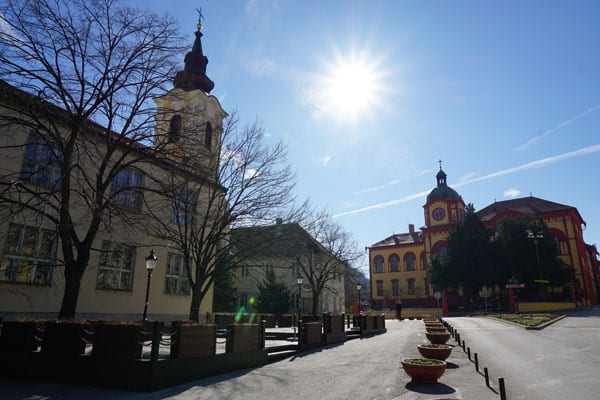
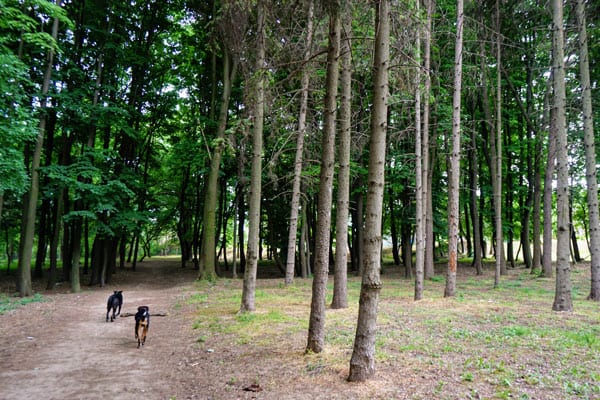
Belgrade
Belgrade is Serbia’s capital and largest city, with 1.3 million people, and is located where the Sava and Danube rivers meet. It is an incredible city with so much to offer, from Brutalist and Art Nouveau architecture to charming people and bustling outdoor cafes.
However, for this post, we’ll focus on two areas directly on the river – Savamala and Zemun – and the splavs (floating bars) nearby.
Savamala
Savamala is south of the Kalemegdan fortress and stretches along the Sava river (right before it connects to the Danube). The early 20th century was Savamala’s golden age and by 1914, it was the most densely populated area of Belgrade with arranged streets, a primary school, and the country’s first bank. It had a port and a railway nearby allowing for lots of travel.
The area suffered heavy bombardment in both World War I and II, leaving a lot of it in ruins. It became a neglected neighborhood afterward and by the 60s, it had such a bad reputation that mothers would warn their daughters that if they did not act nice, they would “marry them into Savamala”.
Some areas remain the hipster spot of the city, with some of the trendiest clubs and where artists flourish and Belgrade has been able to avoid the modern transformation. But others, like the Beton Hala Waterfront, resemble places like Dubai where fancy skyscrapers, restaurants, and a big shopping mall have emerged. Though it may feel out of place and has sparked some controversy, the waterfront is a nice place to go walk around or spend an afternoon.
From there, you can also hop on a boat that can take you around the Sava and Danube rivers to get a completely different perspective of the city.

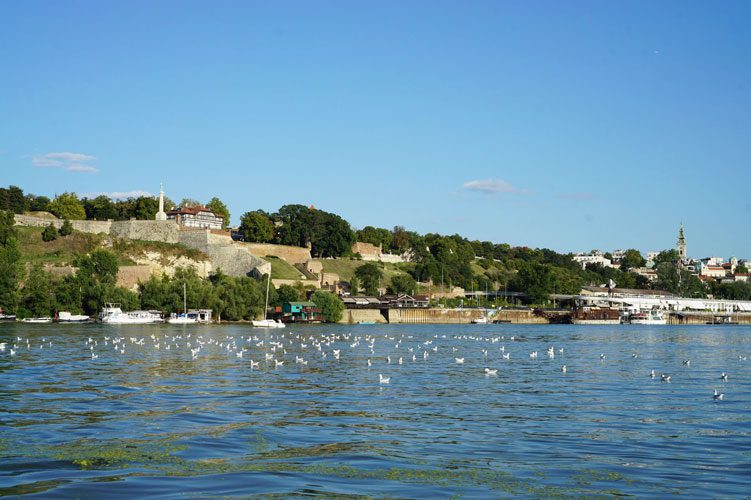
Splavs
If you choose to go for something more unique, you should go past all the fancy new developments until you reach the so-called “splavs”. These are floating rafts – everything from restaurants and cafes to bars and nightclubs – all along the Sava and Danube, on both sides of the rivers. In the summertime, many clubs close their downtown venues and move to the river.
What makes them so memorable is that each splav has its own unique personality. You can find small family-run ones with dogs and children running around, to large operations with pools and trampolines. They all have a different feel and atmosphere, making for any type of perfect day, from a chill afternoon with a drink to a crazy night filled with disco beats.
The splav scene started in the late 60s as a private luxury, owned by wealthy citizens. They didn’t open for business until the late 80s when they became increasingly political. With the wars in the 90s, these were the perfect places to “blow off steam” often leading to fights, as the BBC travel section writes.
Today, splavs elicit different types of responses, with some locals recalling the dangers they represented in the 90s. For many others, they symbolize an attraction that makes Belgrade popular and different. And for us, they display something that makes Belgrade so unique – its laissez-faire attitude, tied to a conflicting history.
If you want more details about splavs, make sure to check out our travel tale about an unlikely expat in Serbia and his experience on these remarkable rafts.


Zemun
Zemun is a municipality of Belgrade, yet it feels completely different from the rest of the city. It’s right on the Danube River and like the rest of Serbia, has been ruled by most of the great empires. Its population has always been mixed and today many there say that it is more multiethnic and cosmopolitan than the rest of Belgrade.
The architecture is also different, resembling instead the city of Novi Sad and other Central European cities like Budapest. Gardoš is the major historical landmark of Zemun. The tower was built around a hill, offering the perfect lookout over the Danube River.
Zemun has a charming old town with narrow streets and historic homes. It also has a nice boardwalk right on the Danube river, with restaurants and splavs along the way. You can follow it all the way until you reach a bridge that leads you over the river and into Savamala.
You can sign up for an awesome guided tour of Zemun here.
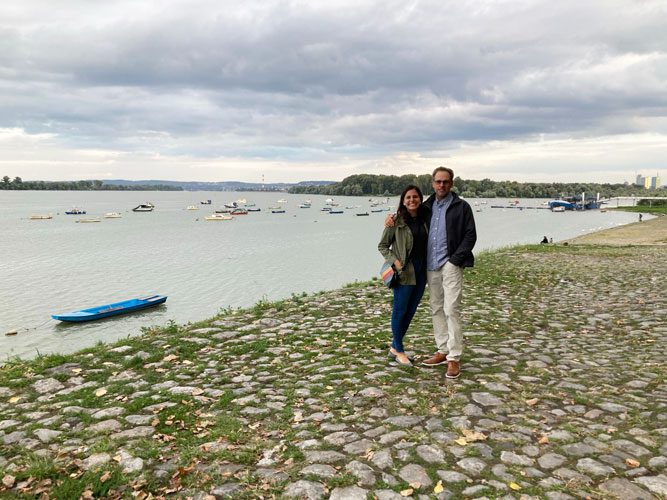
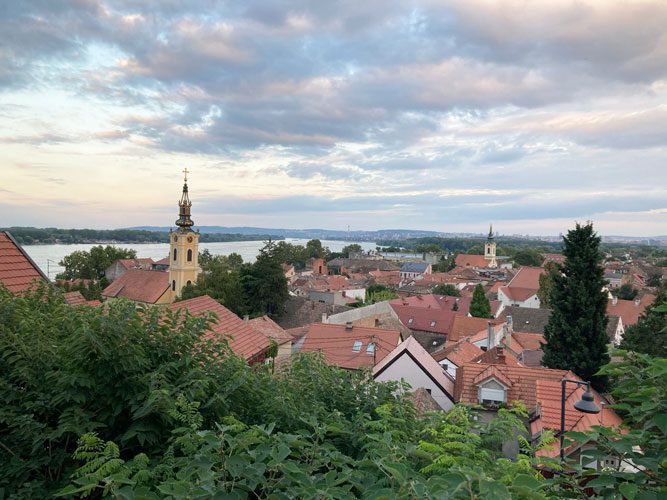
Golubac Fortress
The Golubac Fortress is less than two hours away from Belgrade and it is honestly impressive. It’s located right on the Danube River, overlooking Romania (which is right across the river). What makes the fortress so special is that it’s perked up on a hill, with 10 different towers emerging from it. The fortress has been fully reconstructed and reopened in 2019.
Like much of east Serbia’s history, this medieval fortress has had a rough past. It has changed hands many times, from the Turks and Bulgarians to the Hungarians and the Serbs. But they say, the fortress is quite distinct in that it has successfully driven away over 120 attacks throughout its history.
The fortress marks the entrance to Djerdap National Park and it’s located on the embankment of the Danube River. Here, the river narrows to form the Iron Gate, helping regulate boat traffic.
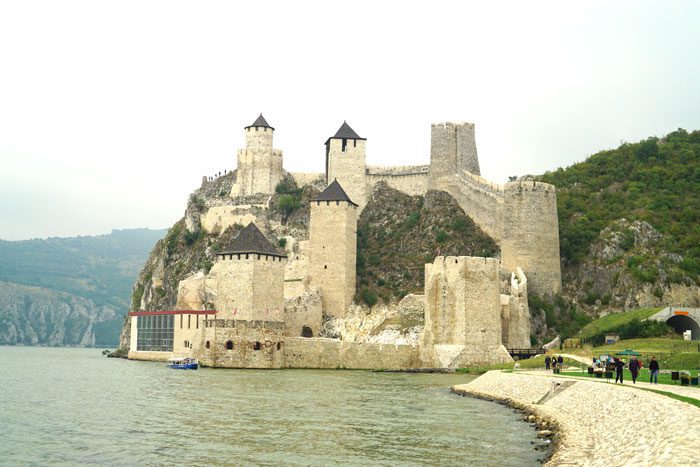
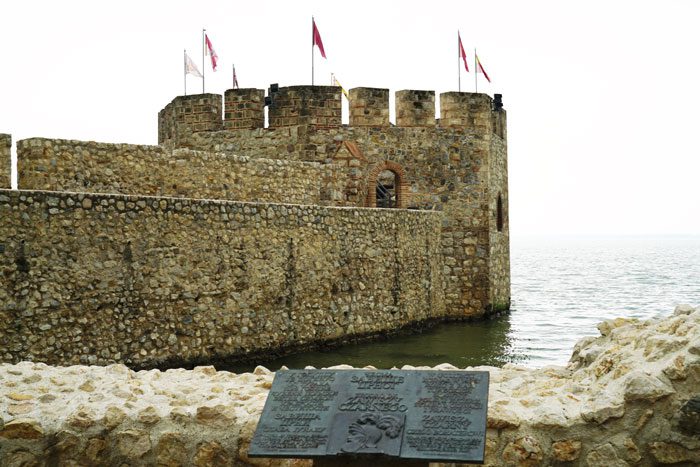
Djerdap National Park
This park is a gorgeous stop on our road trip along the Danube. It starts at the Golubac Fortress and continues all the way to the dam near Novi Sip. There are two ways to explore it: 1) the traditional hiking approach; or 2) taking a riverboat. We have done both and truly, one is not complete without the other.
There are lots of hikes you can take around the park to see stunning views of the gorge. There are some short and decently marked trails that you can do on your own, but if you’re looking for an all-day adventure, it’s best to go with a guide.
The other option is hiring a riverboat – and here you can choose the length of the trip, anywhere from 1 to 10 hours. We went for 2 hours and thought it felt like the right amount of time. You can grab these from Golubac, Donji Milanovac, Tekija or Kladovo.
Though seeing the Iron Gate from a mountain is stunning, the perspective from the water shows just how impressive this gorge is. Plus, most of the riverboats explain the history of the gorge and can add perspective, as you pass through ancient Roman ruins and a giant rock carved with the face of the last king of Dacia.
There are lots of tours available to Djerdap, but you can check out one of our favorites here.
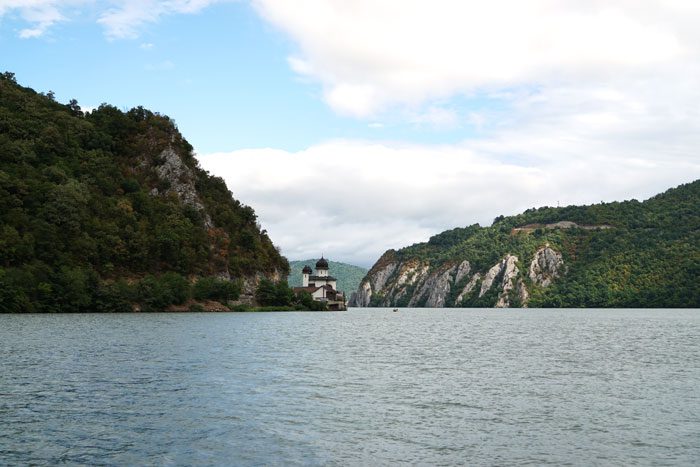
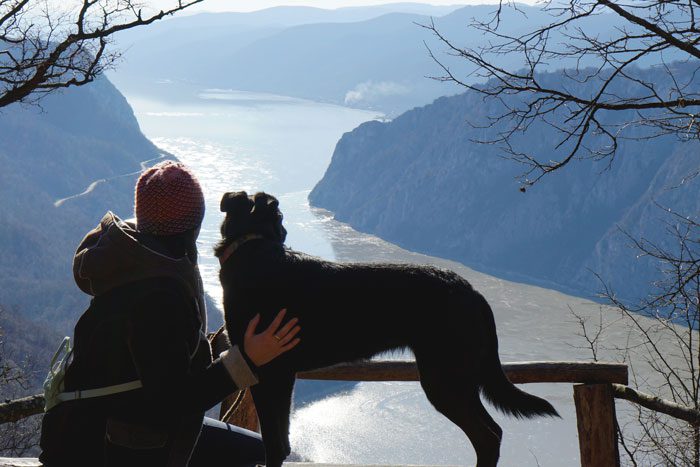
Kladovo
The city of Kladovo is further east, about 3.5 hours away from Belgrade, and all the way to the Romanian border. The drive alongside the river is worth it on its own and the small city center does have some nice cafes. But, what made us fall in love with Kladovo is the area of Petrovo Selo and the Vila Promaja Airbnb in particular.
This is unlike any other spot we’ve stayed in before and one of our favorite places in Serbia when we want to relax and recharge.
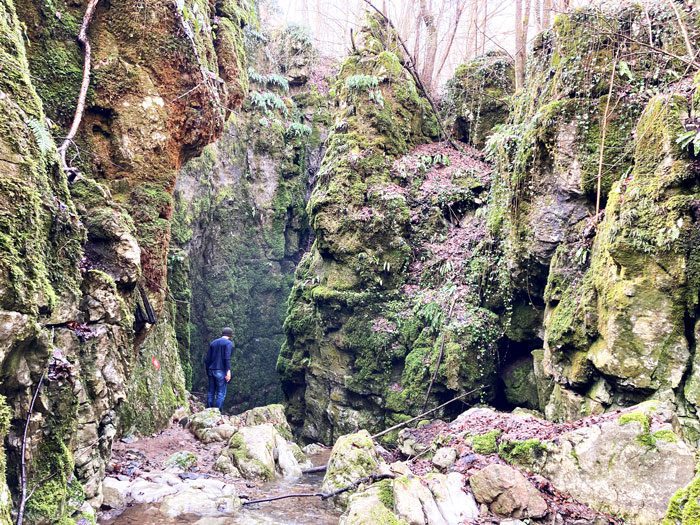
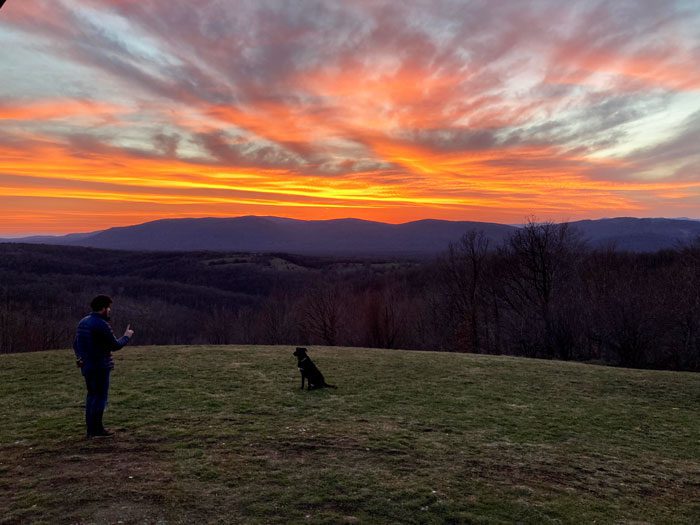
Where to Stay Along the Danube
Daisy Resort (Novi Sad): This is a great spot if you’re looking to spend a few days in Novi Sad. The apartments are a bit further away from the city (about a 20-minute walk away from the center), but the place is clean and modern. It has new amenities, a parking spot, and a very nice shower.
Garni Hotel Centar (Novi Sad): This hotel is very close to the pedestrian area and the Danube river. The rooms are spacious and they provide underground parking, as well as a nice breakfast buffet.
Garni Hotel Leopold I (Novi Sad): This is a great spot if you want to stay on the other side of the Danube river, right in the center of the Petrovaradin Fortress. The rooms have a more antique and luxurious feel to them, with many describing it as “staying in a castle.” It also has a couple of bars and restaurants on-site overlooking the river.
The Babe Boutique Hotel (Belgrade): This is a very unique hotel, close to the Sava river and the new Galerija Mall. The hotel’s decor is luxurious, with many commenting on the beautiful outside seating area. The hotel is a bit further away from the city center and the Beton Hala waterfront, but it is a good option if you’re looking for something different.
Jump Inn Hotel (Belgrade): This is another great option if you’re looking to stay by the river but closer to Beton Hala. The space is modern but more traditional and is located close to Kalamegdan and the old city.
Garni Hotel D10 (Zemun): This is a modern hotel right in the Zemun municipality and a short walk away from the Danube river. It’s very close to Gardos and the different bars and restaurants along the river. People rave about the breakfast and the friendliness of the staff.
Vila Promaja (Kladovo): This is unlike any other spot we’ve stayed in before. It’s not really reachable by a city car so you first have to drop off your car at the hosts’ house in Kladovo and borrow their 4×4 SUV. Then, you’ll have to drive basically off-road for 30 minutes until you reach the place. The views are absolutely stunning and it has the best sunset we have ever seen.
There are only a few houses around this area and mostly wilderness surrounding you. There is a grill outside so we could let the dog roam free while we cooked dinner. There is also a trail that is about 5km long and starts right at the house. It takes you to a relatively unknown natural wonder that they’ve named the “German Abyss”.
Just make sure you bring enough food, water, and anything else you’ll need because you won’t want to waste any time driving in and out of the property to get supplies.
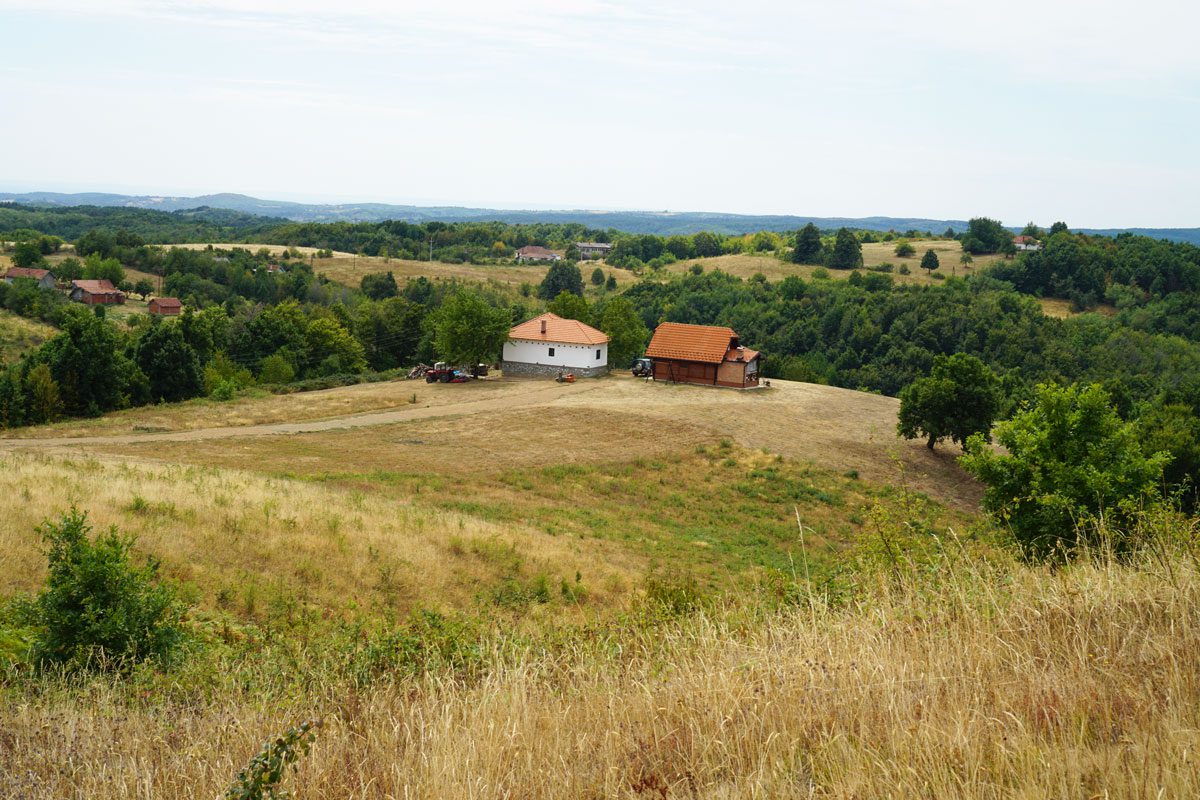
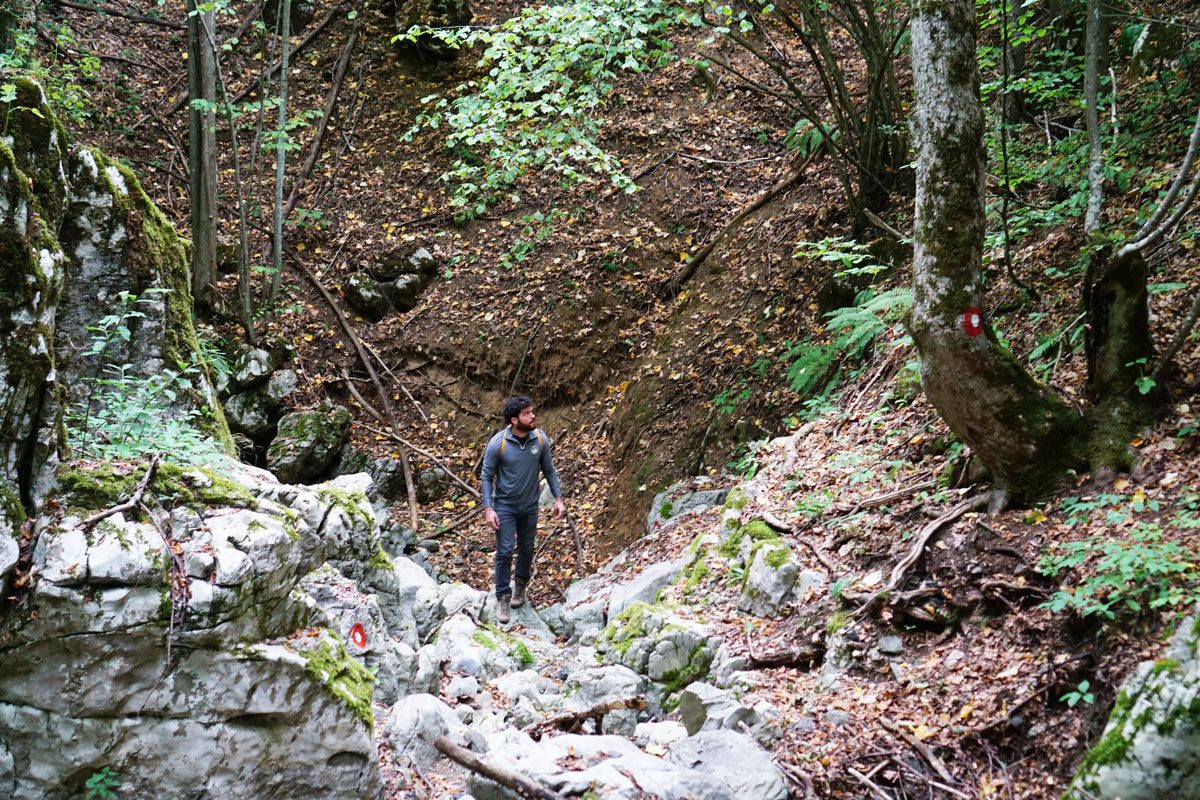
Where to Eat Along the Danube
Project 72 (Novi Sad): This is one of our favorite restaurants in all of Serbia and a stop we always make when we’re in Novi Sad. They offer some traditional Serbian dishes, but with a modern twist. The staff is incredibly friendly (we always leave with some sort of gift) and the wine list is lengthy. The decor inside is a combination of rustic and modern, showcasing their many wine bottles, and in the summer they have a lovely outdoor patio. Make sure to make a reservation as the space can get quite busy, especially on weekends.
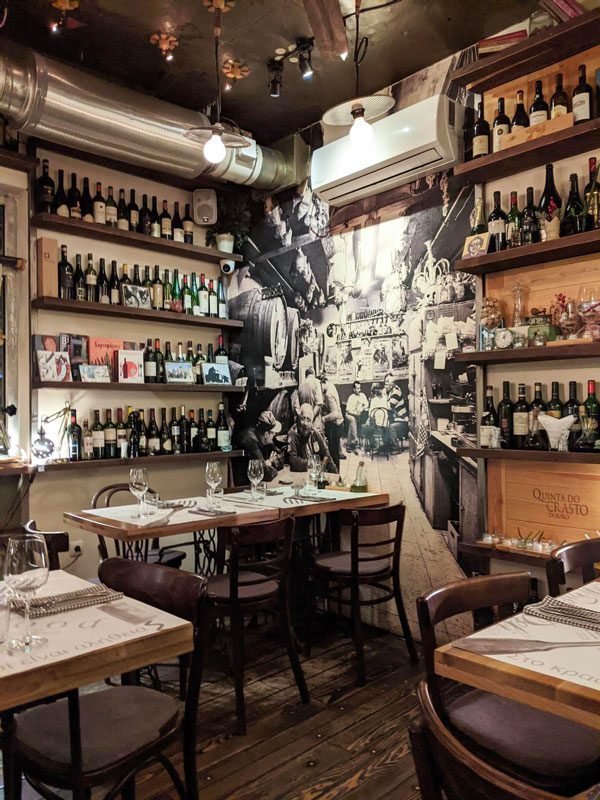
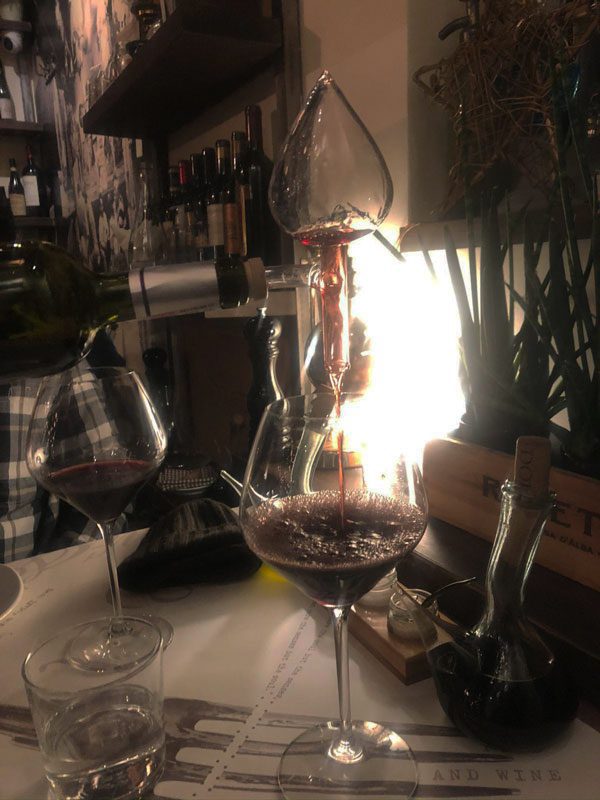
Restoran Lepenac (Golubac Fortress): If you’re driving from Golubac Fortress to Kladovo, Restoran Lepenac is a good stop to make. It’s right on the Danube River and has great outdoor space. The food is simple and traditional, but of great quality. We especially loved the tomatoes and the homemade bread.
Ambar (Beton Hala): This restaurant was actually started in Washington, DC (which we can also recommend), but they have since opened a location on the Belgrade Waterfront. They offer a creative approach to Balkan cuisine. Rather than the large meals you can expect in this region, the plates are smaller tapas and meant to be shared. It’s a great way to get a sense of popular Balkan dishes.
Cafe Lavash (Beton Hala): This is a great spot if you’re on the Belgrade Waterfront and looking for something other than Balkan food. Cafe Lavash offers some of the best Middle Eastern food in Belgrade. The portions are smaller and meant to be shared, but the menu offers a nice variety of dishes. Surprisingly, this became one of our go-to spots whenever we chose to get take-out in Belgrade.
Reka (Zemun): This is one of our favorite spots in Zemun and one of the best Balkanrestaurants the city has to offer. It’s run by two lovely sisters, who make you feel right at home. The atmosphere inside is lively, to put it mildly. You get the sense it might turn into a wild party at any point. They have live music every night and also offer a great outdoor patio overlooking the Danube.
Balkan Express (Zemun): This is a very cool restaurant. The indoor part is a restored train wagon, and the outside is an awesome terrace with a magical view of the river. The food is also surprisingly good (with the best blueberry pie in the city) and the staff is super friendly as well.
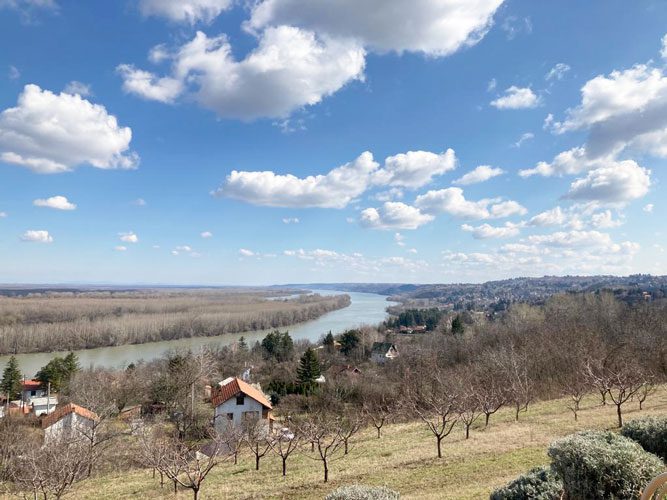
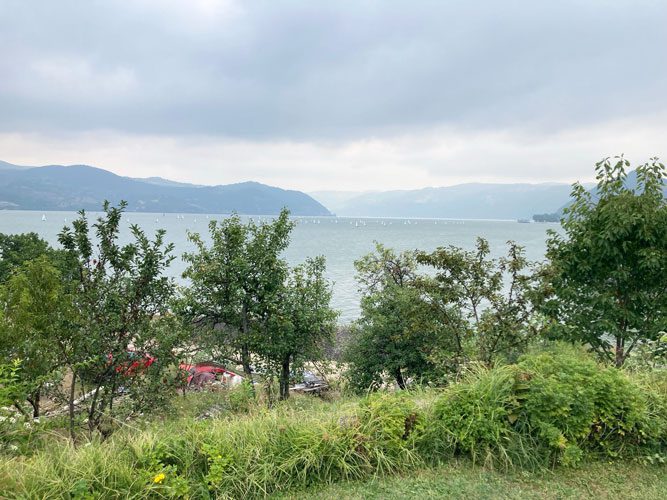
Car Rental Options
If you’re looking to embark on this road trip along the Danube, we recommend renting a car. Many of the highways have been recently renovated, but some roads tend to be narrow and windy around the countryside
There are local rental options that we’ve used before, including Zim Car Rental Beograd. But pick-up options are only offered in Belgrade and they do run out of cars pretty quickly in peak season. For a larger option with more variety, we recommend using Discover Cars. The site is very user-friendly and aggregates all types of vehicles and prices to make sure you find the best deal.